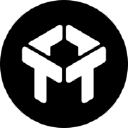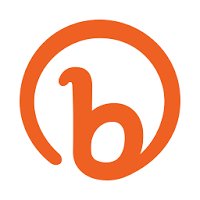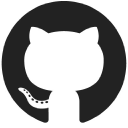
How I Validated And Built A $1K/Month Side Project
Hello! Who are you and what business did you start?
Hello hustlers! My name is Keyul and I’m the maker of Coursesity. I started the website more than two years ago in order to create a search engine to find the best online courses on the internet.
Coursesity is a search engine to discover the best online courses and tutorials available on the internet. Coursesity aggregates online courses from different education providers and eLearning platforms and categorizes them. Coursesity makes easy for learners to find and compare different courses for their next learning.
Coursesity empowers learners and students to discover free and the best online courses across 200 different subjects including programming, design, marketing, business, personal development and so on. Learners Record & track the progress of the courses they are taking online. Learners can connect with other learners at the same level to get help in learning. The vision of Coursesity is to empower students and learners to achieve their career goals by learning new skills.
Coursesity is also a platform for instructors and creators to launch their courses. Any creators or instructors can publish their courses and promote their...

Download the report and join our email newsletter packed with business ideas and money-making opportunities, backed by real-life case studies.

Download the report and join our email newsletter packed with business ideas and money-making opportunities, backed by real-life case studies.

Download the report and join our email newsletter packed with business ideas and money-making opportunities, backed by real-life case studies.

Download the report and join our email newsletter packed with business ideas and money-making opportunities, backed by real-life case studies.

Download the report and join our email newsletter packed with business ideas and money-making opportunities, backed by real-life case studies.

Download the report and join our email newsletter packed with business ideas and money-making opportunities, backed by real-life case studies.

Download the report and join our email newsletter packed with business ideas and money-making opportunities, backed by real-life case studies.

Download the report and join our email newsletter packed with business ideas and money-making opportunities, backed by real-life case studies.
















